On average, fuel pumps have more than 11,000 times more bacteria on them than a household toilet seat. That’s the shock finding from bus-travel booking website busbud.com, which collected bacteria samples from three forecourts and three charging stations in the US.
A previous study conducted by the Kimberly-Clark Corporation had found that 71% of pump handles were “highly contaminated” with microbes associated with illness and disease, and busbud.com’s test results revealed the same thing.
When they looked at bacteria levels based on colony-forming units (CFU) – the number of viable bacteria cells – on items that are commonly thought of as dirty, fuel pumps and buttons were the filthiest with over two million CFU/sq inch. Money, which can come in contact with thousands of unwashed hands, has only about 5.2 CFU/sq inch. And a toilet seat typically has 172 CFU/sq inch.
The study found that the pumps were crawling with gram-positive cocci (which can cause skin infections, toxic shock syndrome and pneumonia) and gram-positive rods (which are usually harmless, but can sometimes cause different types of infections). Even trace amounts of bacilli were found, which has been linked to food poisoning and infections in newborn babies.
Meanwhile, electric charging stations were also found to be breeding grounds for gram-positive cocci and gram-positive rods but at a much lesser rate of 7,890 CFU/sq. in.





















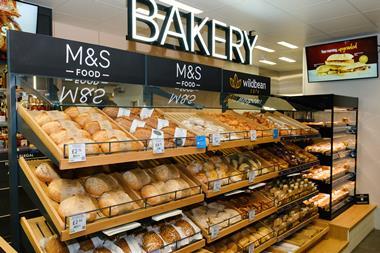
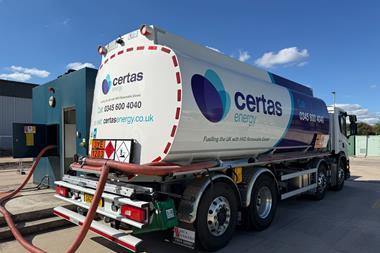

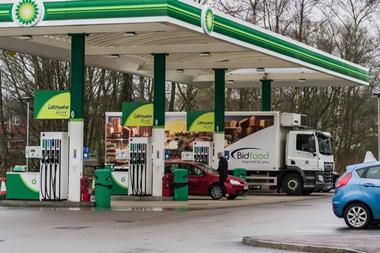




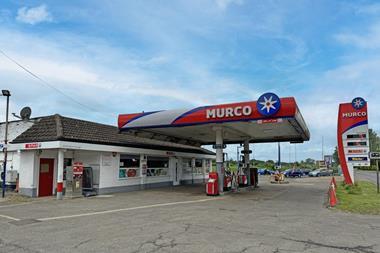
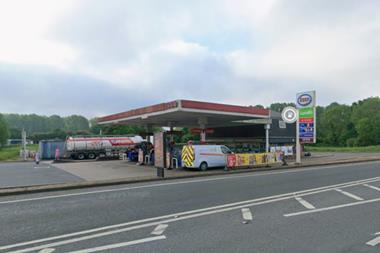

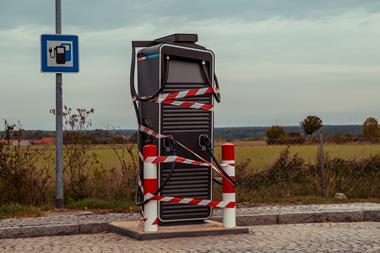
No comments yet